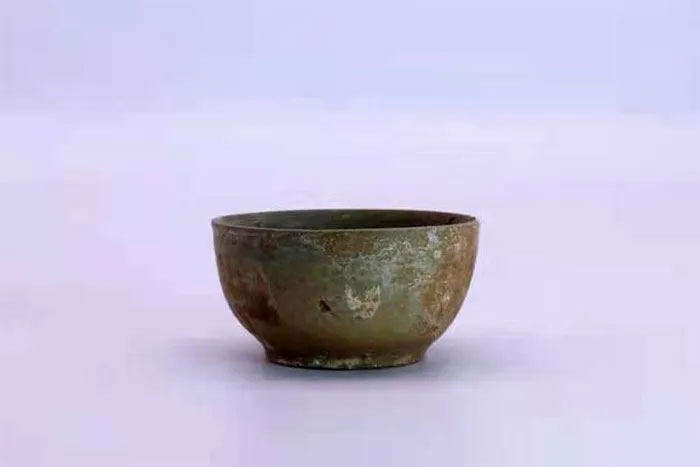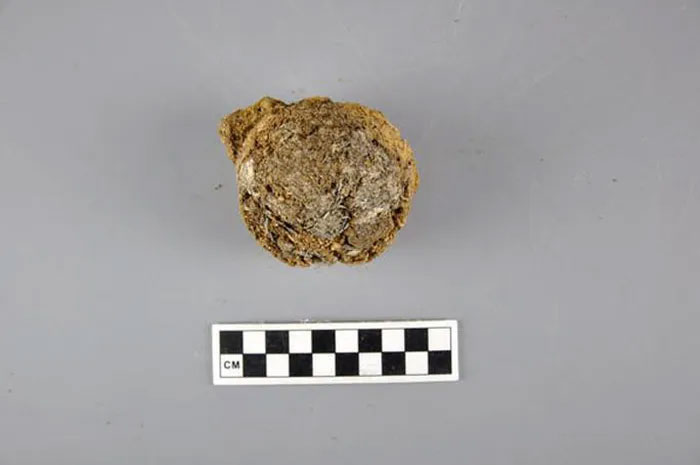A cup found in an ancient tomb in the former capital city of the Zhou Dynasty (China) has provided the oldest evidence of tea being processed and brewed for consumption, similar to modern practices.
According to a research team led by Professor Shuya Wei from the Institute of Cultural Heritage and History of Science and Technology at Beijing University of Science and Technology, previous documents indicated that during the Spring and Autumn period (770-476 BC), tea was cultivated for sacrificial offerings and as a vegetable in China.

The cup containing the world’s oldest tea recently excavated in China – (Photo: Scientific Reports)
However, this is the first time evidence has been found of tea being processed into a beverage similar to modern tea in ancient times.
The ancient cup containing tea residue was excavated from Tomb No. 1 in the city of Xiangyin, which has remnants of the Zhou Dynasty’s capital city, located in Shandong Province.
Professor Wei and co-authors analyzed samples from this 2,400-year-old tomb using Fourier Transform Infrared Spectroscopy (FTIR) and other methods, comparing them to modern tea residues.

Ancient tea residue sample – (Photo: Scientific Reports)
The results indicated that the FTIR spectrum of what is believed to be ancient tea residue is identical to that of modern tea residue.
Citing the authors, Sci-News reported that Chinese scientists have long believed that China was the first country to process and drink tea in a modern way, but this had only been vaguely recorded in ancient documents and legends, with no specific physical evidence until an ancient tea sample was discovered at the Han Yang Tomb, which is 2,150 years old.
The sample from the Han Yang Tomb was recognized by the Guinness World Records as the oldest tea known to humanity in 2016, but the tea sample from the ancient tomb in Xiangyin is several centuries older.
“Our results indicate that tea drinking culture could have begun as early as the Warring States period,” the authors concluded in their publication in the journal Scientific Reports.


















































